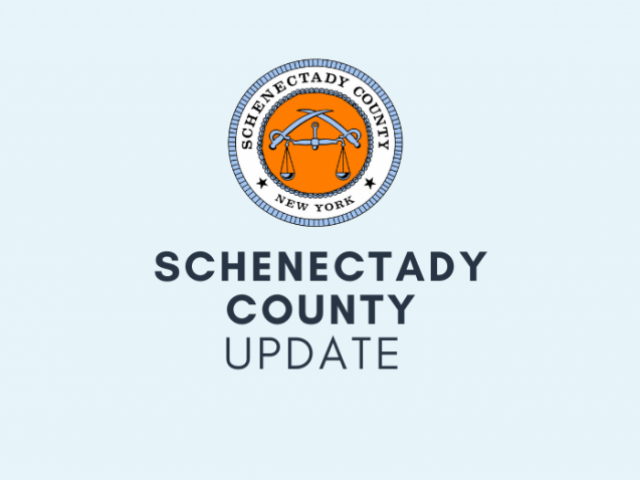
The Schenectady County Legislature met this evening and approved a series of resolutions that will boost SUNY Schenectady’s footprint in downtown Schenectady.
The County Legislature approved a resolution authorizing the County Manager to sign a contract to purchase a nearly one-acre site at 222 South Ferry Street. The County will hold title to the property in trust for SUNY Schenectady. The purchase price is $1 million. The County will seek matching funds from SUNY to offset approximately one-half of the purchase price. The County also agreed to accept the assignment of an option agreement to purchase an additional seven properties adjacent to 222 South Ferry Street also to be held in trust for use by SUNY Schenectady.
“The County is pleased to acquire properties that will allow SUNY Schenectady to continue expanding its footprint and class offerings in the lower State Street area of downtown,” said Anthony Jasenski, Chair of the Schenectady County Legislature. “Boosting this part of downtown also creates a better image for the College and the community, making SUNY Schenectady a destination for students now and into the future.”
SUNY Schenectady currently offers a number of courses in the lower State Street area, including craft brewing classes and a new confectionary lab both located at the Mill Artisan District, and its workforce training center is located at 201 State Street, in the Kindl Building. Through a private developer the College provides student housing at the 260-bed College Suites development located next to the Schenectady Armory. The College also has collaborative efforts underway with growing tech companies at the New York BizLab, also located on lower State Street. Schenectady Metroplex and the College are currently exploring use of the 8,000 square foot former gym space at 13 State Street, a former YMCA that was renovated into senior housing.
Dr. Steady Moono, President of SUNY Schenectady said, “SUNY Schenectady is pleased to work with the County to continue our efforts to connect with the community that neighbors the College by growing our base of programs and services in this area. The future of the College must be lower State Street due to natural constraints posed by the Mohawk River. This partnership is good for Schenectady and the College.”
